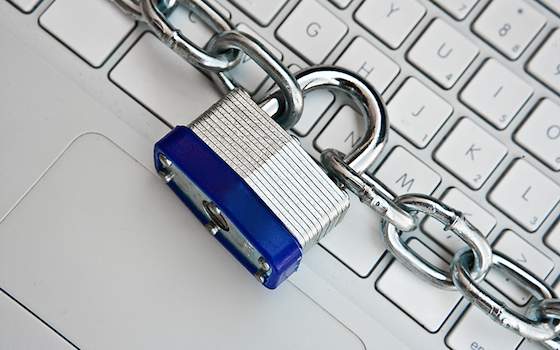- MENU
- HOME
- SEARCH
- WORLD
- MAIN
- AFRICA
- ASIA
- BALKANS
- EUROPE
- LATIN AMERICA
- MIDDLE EAST
- United Kingdom
- United States
- Argentina
- Australia
- Austria
- Benelux
- Brazil
- Canada
- China
- France
- Germany
- Greece
- Hungary
- India
- Indonesia
- Ireland
- Israel
- Italy
- Japan
- Korea
- Mexico
- New Zealand
- Pakistan
- Philippines
- Poland
- Russia
- South Africa
- Spain
- Taiwan
- Turkey
- USA
- BUSINESS
- WEALTH
- STOCKS
- TECH
- HEALTH
- LIFESTYLE
- ENTERTAINMENT
- SPORTS
- RSS
- iHaveNet.com: Technology

5 Things Putting You at Risk of Identity Theft
by Nicholas Pell
Although the behaviors that can lead to identity theft are most likely things that you're doing, these behaviors are easy to correct in only a few minutes.
Five things you should never do online if you don't want to be a victim of identity theft
1. Don't conduct business on public Wi-Fi
Unsecured Wi-Fi is everywhere, but using it to do business or complete financial transactions can put you at risk. Logging into unsecured Wi-Fi to check your email or Facebook is risky enough, but doing online banking or buying things from Amazon is just plain foolish. You don't know who else is using that connection, and whether they're snooping on the data that you're sending and receiving. Conduct business and ecommerce only from home on your own secured Wi-Fi connection. Otherwise, you increase your chances of becoming an identity theft statistic.
2. Don't make purchases with methods other than credit cards
Everyone loves payment options like PayPal because they make checking out easy. Unfortunately this easy option may not be theft-proof. While your credit card requires a 16-digit number that has to match your address, an expiration date and a security number on the back of your card, PayPal requires only an email address and a password -- far easier requirements to crack.
And never use a debit card to make purchases online. While most credit cards will reimburse you for fraudulent purchases made with your account, most debit cards do not offer the same security.
3. Don't make purchases at unfamiliar websites
If you've never heard of a site, do a bit of research before you decide to make your purchase. For starters, Google the name and URL and see what other customers have to say. Does anyone complain about identity theft? Does the company have a Better Business Bureau (BBB) rating (and is it a good one)? Does the site look "sketchy?" (Use your gut feeling here. Does it look unprofessional or hastily put together?) Perhaps the most important thing to look for is whether or not it offers a secured connection. Look for the https at the beginning of the URL when you start the checkout process. If it's not there, move along.
4. Don't use the same password for multiple accounts
Everyone knows that you're supposed to use a different password for each account, but because passwords are hard to remember, most people use a few easily crackable ones for the sites they frequent. Create a unique password for every account; otherwise, a compromise on one account could compromise all of your other accounts as well. Use a simple password application such as Dashlane to help you keep your passwords straight.
5. Don't store your financial info in too many places
Many online retailers offer you the option to store your credit card information with them so it's easier for you to complete purchases in the future. While that's convenient, it's also risky. Instead, opt to enter your credit card information each time you make a purchase. It might be a pain, but it's the best way to keep your accounts safe. (On that note, a digital wallet app like Dashlane can securely store your credit card information on your own computer and auto-fill forms when you make purchases.)
It's all too easy to fall prey to the habits that put you at risk for identity theft. Fortunately, the tricks to protecting your identity are just as simple.